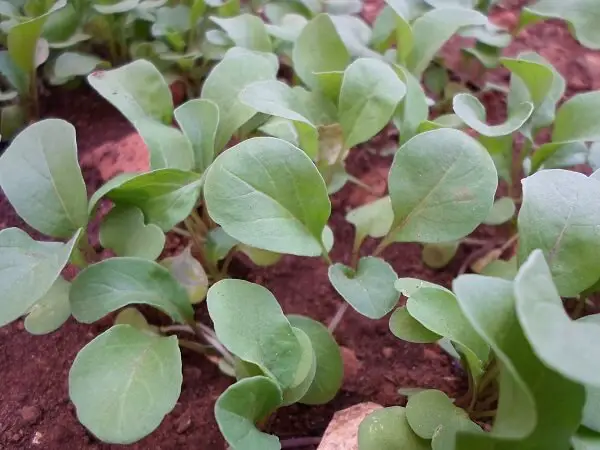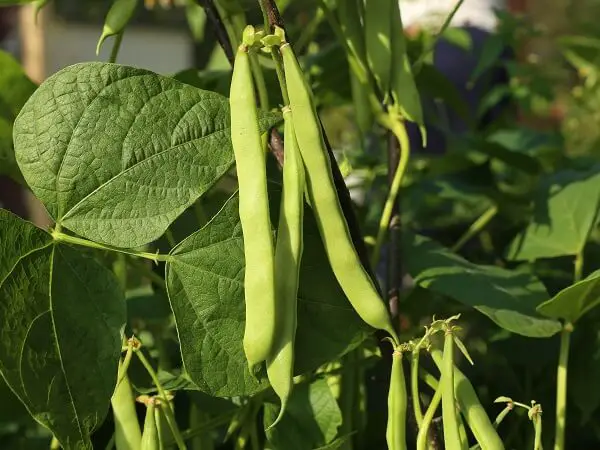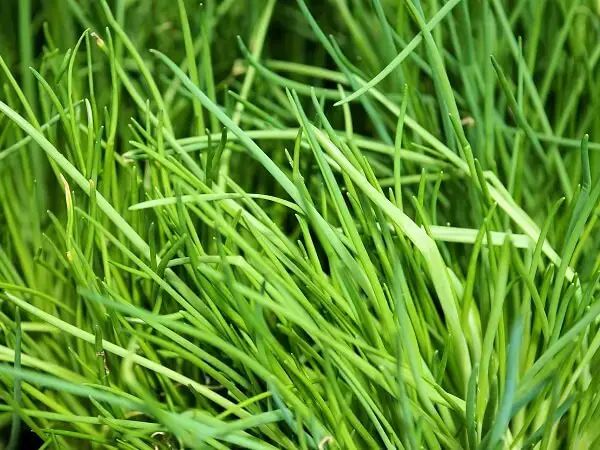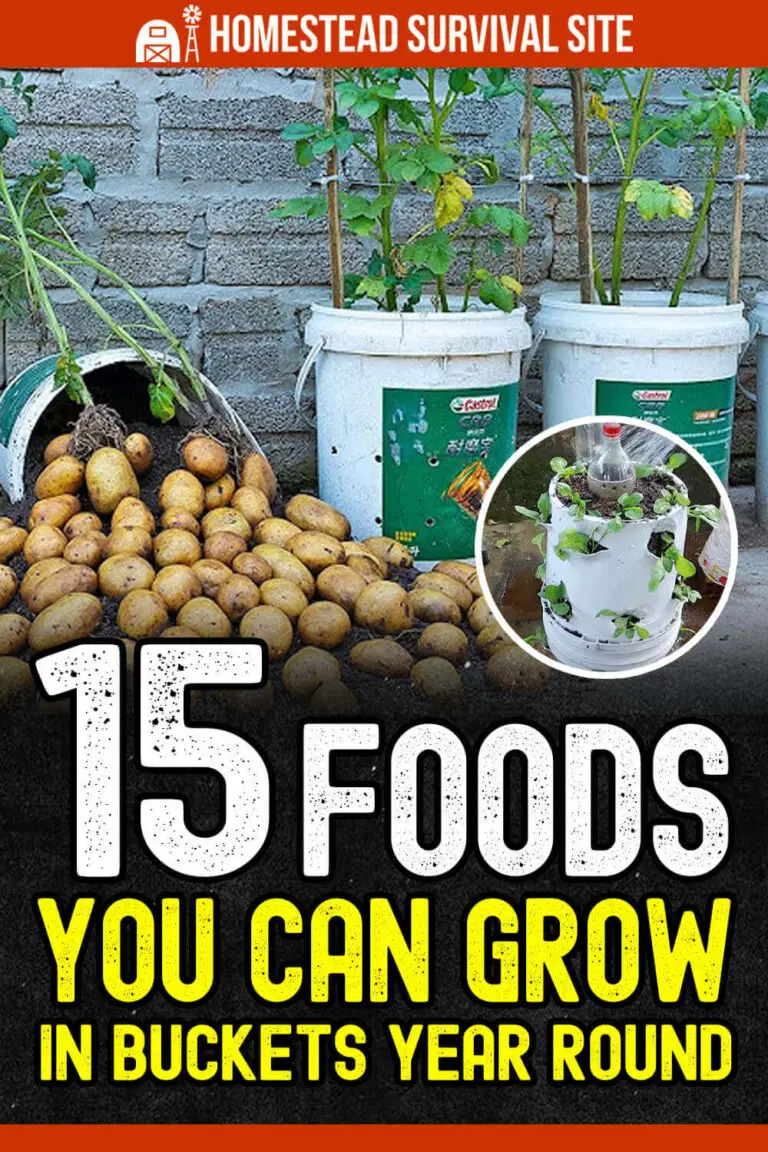Don’t you wish you could grow food year-round? Or maybe you are pining for the perfect garden so you can grow your own vegetables, but you simply don’t have enough.
You don’t have to let the season, the size of your property, or your location stop you from growing your own food. You really can grow food all year, even in the heat of summer or the icy cold of winter.
With a little creativity, you can grow healthy, nutritious food in the city and in the suburbs. Container gardening is a great way to get started, and buckets make it easy and inexpensive to grow your own food indoors and out.
Five-gallon buckets are a great choice because they are large enough to hold multiple plants while leaving enough room for good drainage. You’ll need to get or make some quality potting soil or some other kind of good dirt that has been fortified with compost or worm castings.
Want to save this post for later? Click Here to Pin It on Pinterest!
You’ll also need some lighting – either through a good sunny window or grow lights. Lastly, you’ll need some healthy plants or quality seeds.
What Foods Can You Grow Indoors In Five-Gallon Buckets?
You might be surprised at all the foods that you can successfully grow inside your home or on your balcony, porch, or patio. Here are some of the most popular foods to grow indoors in 5-gallon buckets, but don’t be afraid to try other varieties, as well.
1.Arugula

This green grows great indoors and needs a sunny but cool spot, such as a north-facing window. Arugula will provide a continuous supply of tasty leaves. A member of the mustard family, it has a mild spicy flavor.
2. Beans

Beans are not grown indoors as often as other vegetables, but it can be done. Choose bush over vine varieties to save space and to avoid trellising indoors. They need at least 6 hours of sunlight, and most varieties are ready to eat in 50 to 60 days from planting.
3. Carrots

You can grow about 25 carrots in a 5-gallon bucket. Fill your bucket almost to the top with roughly half potting soil and half compost, leaving two or three inches of space at the top. Plant your carrot seeds about half an inch deep. You can harvest your carrots in about 65 to 80 days, depending on the variety.
4. Chives

Common chives have an onion flavor while garlic chives have more of a garlic flavor. They will grow slowly in the darkest days of winter but will grow faster when the days begin to lengthen again. The purple flowers of common chives are edible.
5. Ginger

Ginger likes to be grown in indirect sunlight and needs plenty of space to spread and grow. To get started, simply plant a sprouted rhizome from the grocery store with the sprouts sticking out of the soil. Place the container in a warm window.
6. Kale

Kale likes partial sun but needs at least 4 hours a day. When the temperature starts to get warmer, you may want to prune your kale plants to slow bolting. Typically, this leafy vegetable will reach maturity in 55 to 65 days.
7. Lettuce

You can grow almost any variety of lettuce indoors, however, loose-leaf lettuce is easy to harvest and regrow, making it a great choice for bucket gardening. Lettuces typically only need 3 to 4 hours of part sunlight and adapt well to grow lights.
8. Mint

Herbs such as mint can grow very well indoors. Mint prefers shade outside and does well indoors with lots of indirect sunlight. The best way to grow mint is to purchase a healthy starter plant or dig one up from a friend’s garden (with permission, of course). Water every two to three days.
9. Onions

Onions will need roughly 6 to 7 hours of sunlight each day, and around 2 to 3 inches of water per week. Onions will grow well with other plants such as spinach, but you will need to leave 3 inches of soil space per onion to give them room to grow.
10. Peas

You can technically grow any variety of pea indoors, but the best varieties for indoor gardening are snap peas and dwarf peas. They will need a good 8 to 10 hours a day of supplemental lighting.
11. Peppers

Peppers need a lot of warmth and light, so you will probably need to supplement them with fluorescent lights or grow lights. They are actually a tropical perennial plant and can easily be overwintered indoors. At the end of the outdoor growing season, you can transplant your peppers into a pot, or simply grow them in a five-gallon bucket from the start.
12. Radishes

Small radishes can be harvested in as little as 25 days, making them a great choice for indoor bucket gardening. They grow best in soil that is rich and loose and moist but not soggy. Radishes like sunlight and cool soil.
13. Spinach

Spinach does not love the heat, so grow it in a cooler window that receives 3 to 4 hours of sunlight. Spinach grows quickly.
14. Swiss Chard

This tasty green is known for its dark green leaves and striking red stems. Swiss chard needs full sun, but it can thrive with 6 hours of supplemental light.
15. Tomatoes

Cherry tomatoes do better indoors than larger varieties and need 6 to 8 hours of full sun. Try some varieties that have been proven to grow indoors, such as Red Robin, Tiny Tim, Toy Boy, and Florida Petite.
Tomatoes love warmth, so keep them in a sunny and draft-free spot. Germination is best at 65 degrees, and flowering and fruiting happen at 75 degrees.
Twelve Tips for Indoor Bucket Gardening
Use food-grade buckets – Be mindful of the five-gallon buckets you choose for your indoor garden. Any chemical residue in the bucket or even in the plastic can be absorbed by the plant, affecting the plant’s health and your food. For the safest and best results, choose food grade buckets. You can often purchase used icing buckets from bakeries very inexpensively.
Cut holes in your buckets for drainage – Your plants need good drainage, so you may need to carefully cut or drill holes in the bottom of your bucket. Put a couple of inches of gravel or loose stone in the bottom of your bucket before adding any soil.
Water correctly – One of the most common problems of indoor gardens is incorrect watering. Most plants will need moist but not soggy soil.
Provide enough light – Most vegetable plants need a lot of light. For the most part, south facing windows will provide the most light and warmth to your plants. For some vegetables, this may still not be enough light, so you will need to supplement with grow lights or at least fluorescent light bulbs such as discussed in this article on grow lights.
Know how much light your plants need – Some plants, like tomatoes or peas, need a lot of sunlight to grow. Other plants, such as spinach and lettuce will require much less. Root vegetables will generally require more sunlight then leafy vegetables. Read your seed packets and plant information to make sure you know what each plant needs.
Pollination – If you grow plants such as peppers indoors, you will need to pollinate them yourself in order to get them to bear fruit. You can use a cotton swab to pollinate, as this video from MIGardener suggests.
Acclimating your plants – If you are starting with plants that have been growing in your garden throughout the summer, you will need to acclimate them to the indoors. This is similar to ‘hardening off’ plant starts that you have grown indoors and are moving to the garden.
If there are any plants that you will be moving inside for the winter from your garden or patio, take the time to acclimate them to the house by moving inside for an hour or two and then putting them back outside. Over the course of a week, gradually increase the time the plants spend indoors. This will help the plant avoid shock.
Beware of drafts – When placing your plants indoors, be sure to keep them free of drafts. Cold air blowing on the plant can stunt or kill the plant. Avoid locations near doors in the winter and air conditioners in the summer.
Fertilize – Plants need food, too, so be sure they have fertilizer. You may want to use all-natural compost, worm castings, commercial fertilizers, or organic fertilizers. Choose the ones that suit your plants and your plants’ needs.
Choose healthy plants or good seeds – Use plants for your indoor garden that are healthy, with good coloring and strong stems. Use seeds from reputable sources with good germination rates. Poor plants and poor seeds will not grow any better indoors then they will outside, so make sure your garden gets off to a good start with healthy plants.
Companion plant – You can companion plant in your five-gallon buckets for interest. Try mixing swiss chard with an edible flower like pansies for a striking combination. Or try mixing lettuce with some herbs or spinach with onions.
Experiment – Don’t be afraid to experiment with your bucket garden. You may want to experiment with grouping different plant groups together or moving your plants to different windows to see which vegetable grows best where.
Remember that even the best gardeners have plants that die. Just try to figure out what went wrong and replant the empty spot again so you can keep on growing vegetables.
